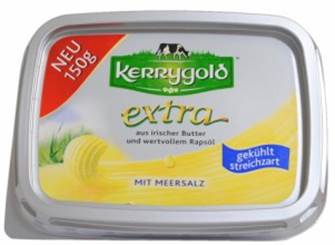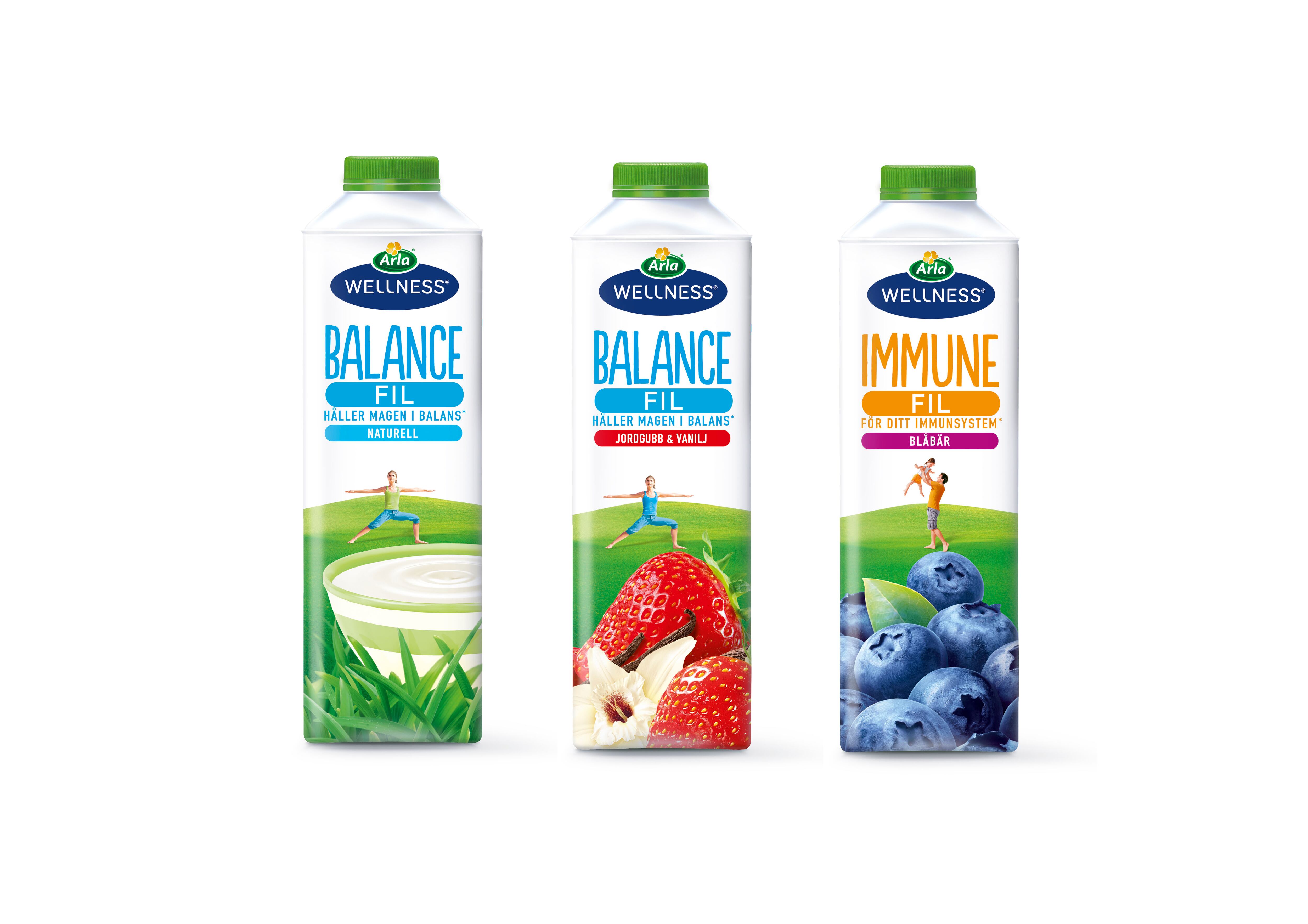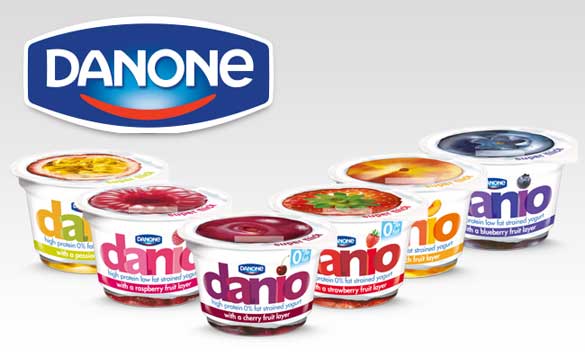FoodNavigator spoke dairy trends with Chris Brockman, senior global food and drink analyst at Mintel, ahead of the firm’s presentation at the upcoming industry event Food Ingredients Europe (FiE).
An ageing population
By 2015 Europe will have twice as many 55-74 year olds as 15-24 year olds. “This is changing the way brands look at their consumer base,” Brockman said.
With this new consumer base skew comes health and format considerations particular to this demographic. Brockman suggests that manufacturers could do more to meet the needs of older consumers, while not

overtly targeting them.
Older people are more likely to live in smaller households, or even alone, and typically have smaller appetites. Therefore smaller portions of products could appeal to this age group as has already
been seen with some new product launches.
Brockman said that packaging was a big consideration when appealing to this population, saying that easy-to-open packaging like easy-peel lids for dairy products is currently a missed opportunity.
EFSA health claims
This year’s EFSA ruling for generic descriptors was a game changer for yoghurt companies who found themselves no longer able to connect pre and probiotics with digestive benefits. Brockman said that this has led to a decrease in new yoghurt products boasting digestive health claims - falling from 10% of new launches in 2009 to just 2% in 2013 – yet this has not significantly affected the number of products which contain pre and probiotics.

As a result dairy manufacturers have become more creative in the health claims they employ, Brockman said. In place of the generic descriptors, manufacturers have pushed fibre content in order to make digestive claims and have diversified also into calcium and approved vitamin claims related to immunity.
Brockman said that these are also “potentially more consumer friendly” claims to make.
Pro protein
Protein has been a big trend rumbling within the dairy industry and more generally for a while now, with many Europeans rightly or wrongly believing that they need more protein in their diet, explained Brockman.
Mintel data found that six in ten UK consumers believe protein keeps them feeling fuller for longer, and Brockman said that manufacturers are increasingly monopolising on this perception.
Manufacturers cannot make this satiety claim in Europe but often infer this with descriptions of thickness and creaminess and with larger pot servings. This has been seen in particular with Greek and Greek-style yoghurt. The US market is leading the way in this, he said, with 58% of US consumers eating yoghurt for taste and 44% for protein content.

According to Mintel, in Europe 1.33% of new dairy product launches contained high protein claims in 2013, compared to 7.4% in the US.
Brockman said that in Germany up to a quarter of consumers buying yoghurts see them as meal replacers, as opposed to just snacks or desserts.
This is an idea, coupled with the inference of satiety, which seems to be spreading via bigger pot sizes and the inclusion of things like nuts, seeds and fruit, he explained.
Sugar as an "evil ingredient", not fat
The yoghurt market's focus on reduced fat represents a missed opportunity in sugar reduction, Brockman said.
He said this could change as stevia “creeps up a bit” in the dairy category and suggested that there could be a repositioning from a focus on low and no fat yoghurt towards reduced sugar. He said that sugar may be increasingly seen as more of an “evil ingredient” than fat considering concerns over diabetes.
